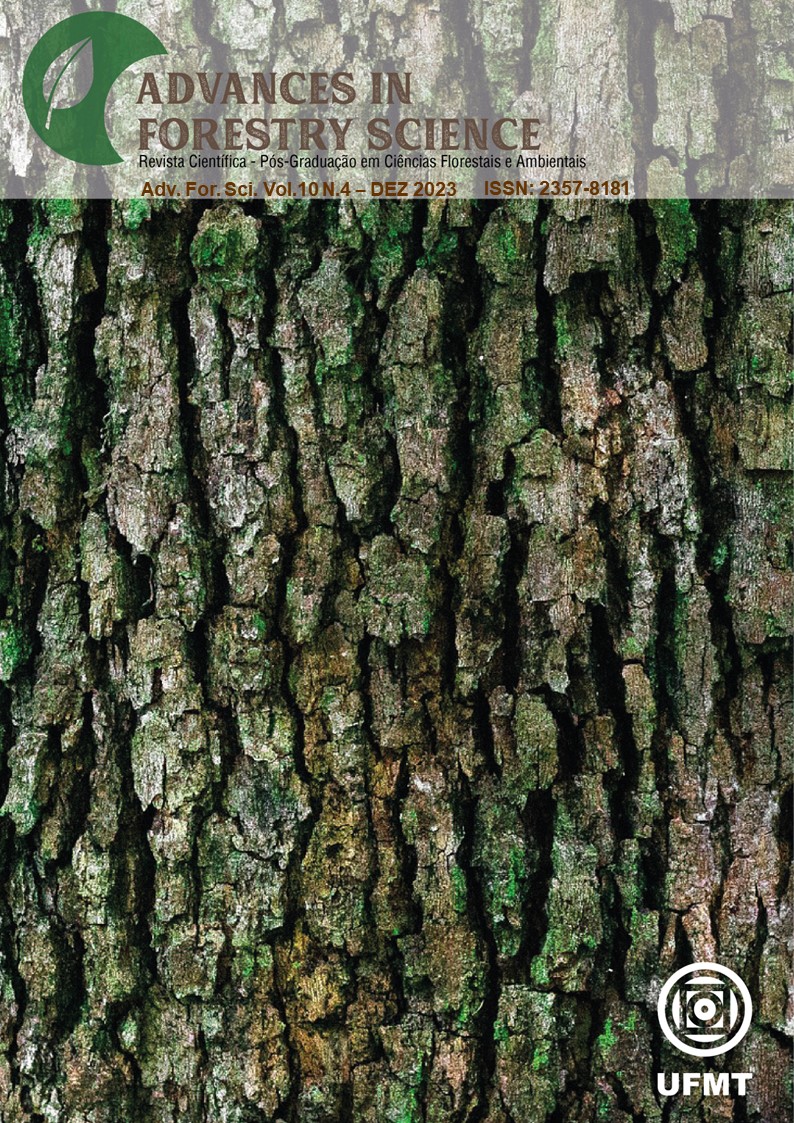How does soil nutritional stress limit restoration in the Amazon?
Physiological, biochemical and anatomical responses of arboreal species
DOI:
https://doi.org/10.34062/afs.v10i4.15163Abstract
Forest restoration is an urgent demand in the national and global scenario, especially in the Amazon due to the advance of forest cover loss. On the other hand, the nutritional limitation of soils in this biome is a challenge for this practice, considering the entire impact of stress on plants. Considering it, this review sought to compile the findings on the impacts of nutritional stress on tree species, as well as the strategies used to reverse this impasse in the Amazon. As a result, it was possible to observe biochemical, physiological, and morphological responses in tree species. In general, we found that nutritional stress results in changes in the biochemical and physiological activities of the plant since most nutrients are related to the function, structure, and/or composition of cellular elements. For morphological characteristics, a decrease in height, biomass and leaf area are the most recurrent damages. Regarding restoration methods used to minimize nutritional stress, besides conventional techniques such as phosphate fertilization and liming, it was observed the scientific community has invested in strategies mainly based on the reuse of waste. Furthermore, the application of biostimulants, biochar, and biofortification is increasingly common and promising. In this context, the promotion of research in the Amazon biome is strongly recommended to reduce existing gaps.
Downloads
Downloads
Published
Issue
Section
License
All copyright must be assigned to the Federal University of Mato Grosso.

